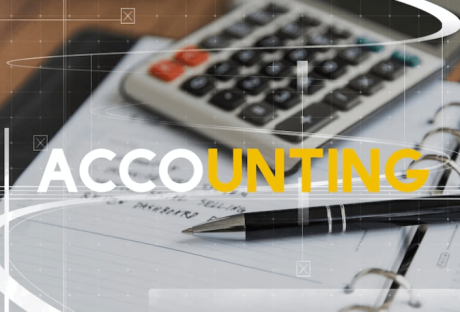Insurance is an essential part of ownership, whether it’s for a home, a car, or even personal belongings. With so many potential unexpected situations that can arise, it is smart to be proactive and to purchase insurance. It can protect you and your belongings from any outstanding and expensive damages.
However, when it comes to monthly payments, it’s natural to want to pay as little as possible while still maintaining a decent amount of coverage. By taking the right steps beforehand, you can find an insurance provider that will properly assess your property for the right cost.
Here are 4 tips for finding the cheapest insurance for you:
1. Do Your Research:
This seems like a given, but with so many options to choose from it can be dauntingto narrow down which company is the best match for you. A simple Google search can give you most of the answers you’re looking for, as well as the company websites.
However, when it comes to cutting costs, it is best to specifically research car insurance without a down payment. Initial fees can be incurred at high rates, and many car companies do not require such things. Places like Geico and other insurance companies will allow you to find the exact right price range that still fits within your budget. You can also read reviews and testimonials to gauge their reputability from customers.
2. Request Free Quotes:
After you have researched enough to narrow down your choices to a smaller list of insurance companies, it’s time to ask for a free quote on your current home and/or vehicle. The insurer will ask standard questions related to your property as well as your background. They can oftentimes get back to you within the day.
Since quotes are typically free, it does no harm to request them. This way you can be a given a specific number for your particular situation and needs, rather than a range or average number. Once you have been given your quote, you can compare the numbers of the companies you are deciding between and what they are able to offer you in the way of services.
3. Make a List:
Many insurance providers are also able to provide additional insurance such as renter’s insurance combined with a vehicle. By conglomerating multiple insurances, you are able to alleviate the stress of juggling multiple payments per month and simplify it to only one.
In addition to this, insurance companies often have a wide range of coverage that is designed to accommodate a wide variety of people in different financial places. By making a list of your absolute essential needs, you are more prepared when speaking to a representative about what they can offer you and at what price. Keep in mind that with most companies, you have the ability to change, add, or remove any additional coverage at any time.
4. Ask Around:
Talk to your family and peers about their experiences with their different providers. You may hear the same company names come up, but oftentimes there is a reason those companies reach so many and have such a well-known reputation. Make no mistake, word of mouth is still a worthy resource to pursue, even in the digital age.
In Conclusion:
While it can be a pain and seem unnecessary at times, insurance is a crucial part of owning property and protecting your legal rights. Insurance companies are there to provide support and answers during stressful moments. If you are able to find the right plan for your financial situation, it will be worth it in the end.
By doing an apt amount of research, making a list of your requirements and budget, and speaking directly with insurance companies about your needs and concerns, you have the tools to find the cheapest insurance while still protecting your property in the event of an accident.
Read Also:






















